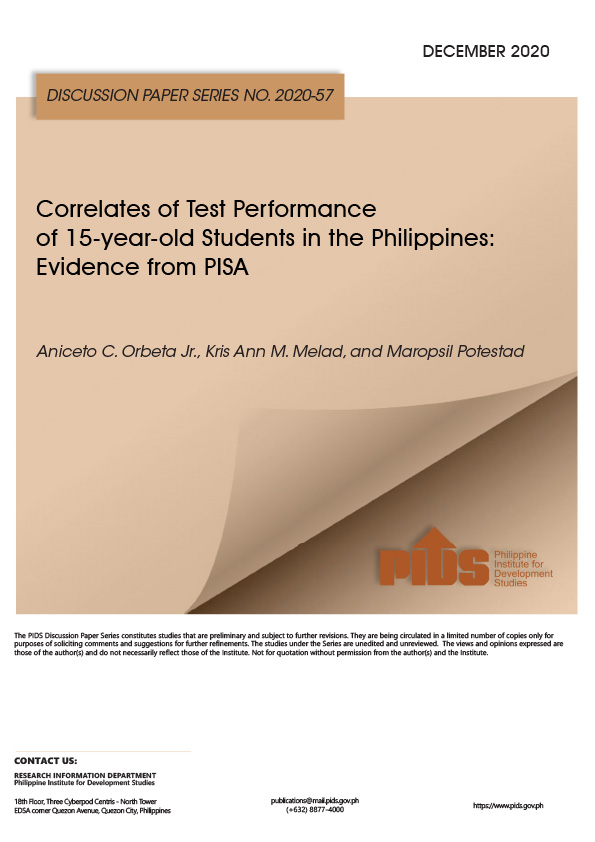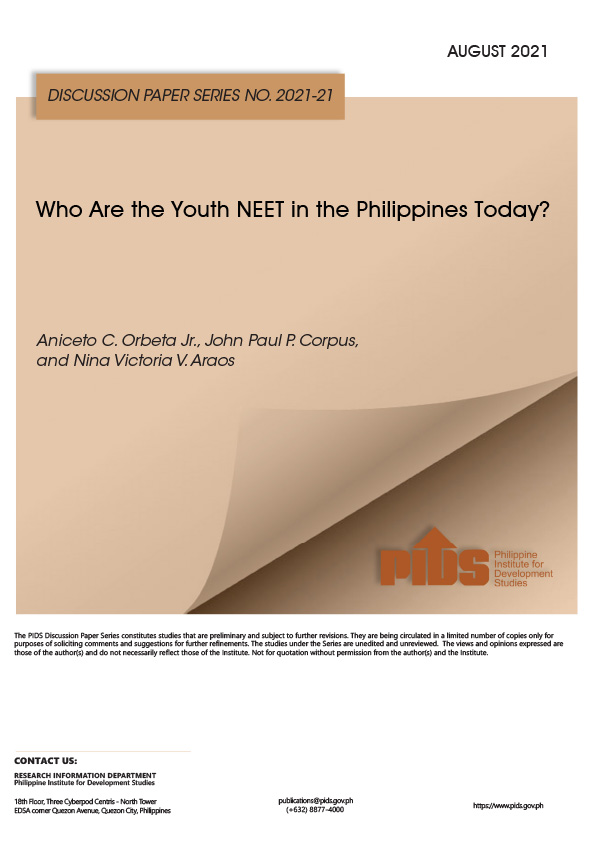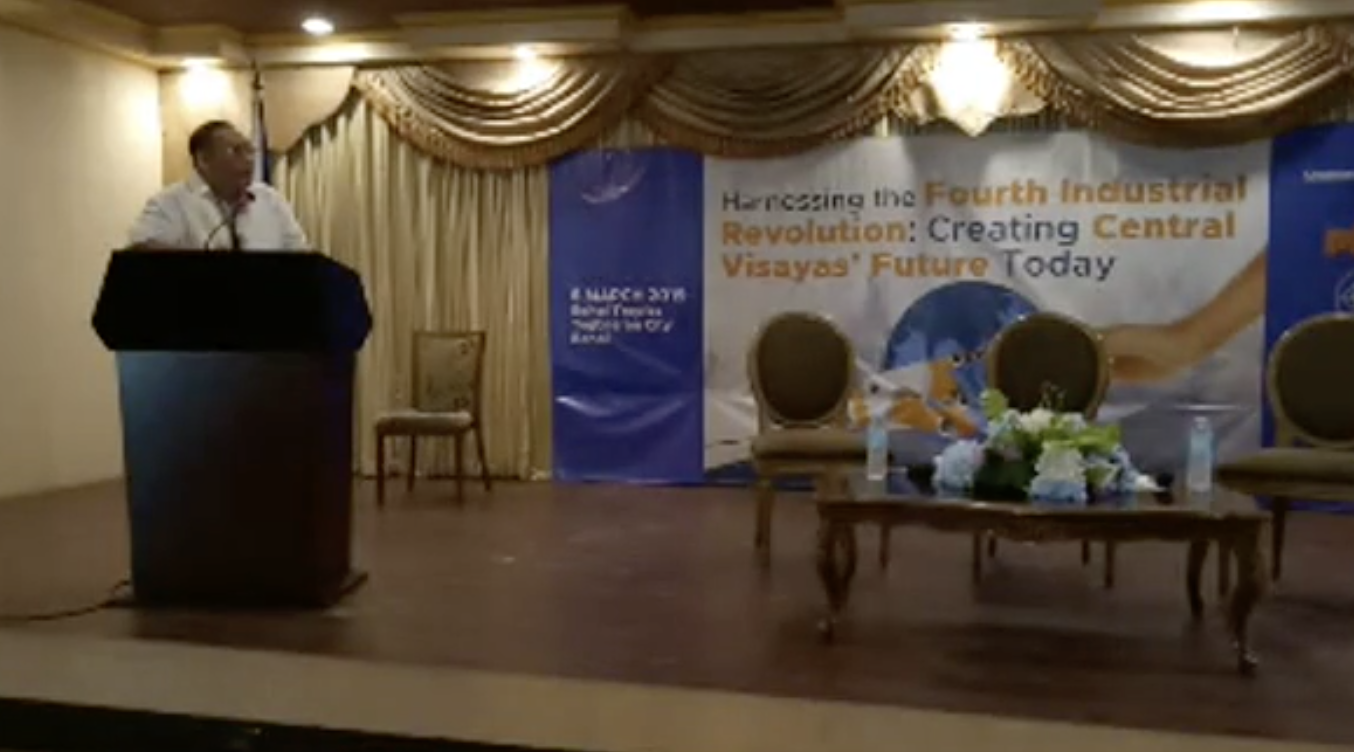I started this column around this time last year. This opportunity was offered to me pre-Covid 19 era. It was an exciting and flattering offer but I had misgivings on taking on the job. What do I know about cars, except that I can drive one? But after my editor patiently explained that I could tackle stories on consumers’ and motorists’ rights, I finally said yes. And I am glad I did because the weekly deadlines contributed in keeping my mental well-being in even keel while the world got stuck in the pandemic. Moreover, it gave me a medium to share and lend a voice to the sentiments of our commuters and motoring public as Covid 19 raged around us. But a year ago today, it seems as if nothing has changed. I feel a deep sense of deja vu as we are back once again to GCQ — Metro Manila that is and a host of other cities as the incidence of infections have jumped these past several days.
A year ago today, as general community quarantine or GCQ was implemented in the entire nation, the first to collapse was basically the public transport system. In the blink of an eye, our streets particularly here in Metro Manila which have gained world-wide notoriety as having the second worst if not, the second worst vehicular traffic in Southeast Asia, became ghost highways. The gridlocks were gone but also the jeepneys and buses that were the staples of day-to-day commuters and the general public. But gone too were the livelihoods and incomes of thousands of drivers, conductors, transport operators and the institutions that were linked to them such as auto spare parts stores, motor repair shops, street vendors that are found on most street corners, etc. The dislocation in incomes, lifestyles, relationships and psycho-social health of the millions of our countrymen whose lives and futures are linked to the transport sector were incalculable and most tragic.
According to data from Google mobility reports, visitors to all public transit locations – such as bus services, terminals, and waiting areas – have fallen by as much as 80% across developing countries like the Philippines since early March. Many operators have had no choice but to scale back or completely shut down less viable routes, while others are passing their costs onto consumers. While visits have been steadily rising since, the threat of sharp restrictions still loom for many of the poor and disadvantaged who have few alternatives. Thus, the reverberations from this pandemic go beyond the key transport sector actors but more to the general population, with the poor being hit the hardest. According to NEDA’s Philippine Institute for Development Studies (PIDS) in an August 2020 study, the coronavirus pandemic’s impact on the economy could lead to 1.5 million Filipinos becoming poor.
Yet the private sector or the car industry never had any reprieve at all from the ravages of COVID19. Forced to work at home as city streets were closed due to quarantine restrictions, office workers have to contend with a totally different work environment that is not only disconcerting but socially and psychologically taxing as well. With no taxis or Grab rides on call, suddenly the world had become a small world for many of us. The Friday night shindigs, the friendly chats at the mall, the birthday gatherings, the anniversary dine outs, the out-of-town visits, the spur of the moment trip to somewhere –- all gone with millions anguishing at the passing of an era. Middle-class families were hard hit knowing that if they become sick, the hospital that can help them is congested with COVID cases. Or if they do get into the hospital by any chance, that the costs of hospitalization and COVID care could be horrendous as they cannot qualify for the discounted or even free medical care reserved for indigents.
And then there is our car industry which has suffered tremendously in terms of drop in sales. The economic contraction that made consumers wary of spending in case things worsened or they get sick and would need money to get well as they have lost income or jobs altogether. According to data estimates, the Philippines vehicle market had substantial fall of 40.6% for the entire 2020 and just very slowly gaining lost ground as the auto market in January 2021 starts the year with a sales decrease of 6.4%.
So, seasons have passed and yet our common plight remains the same. In our village, for example, the surrounding areas have been mandated to a lockdown as cases continue to rise and movements monitored by checkpoints and curfews. But what is even disheartening is the look on people’s faces; those who toil on a daily basis; those who need to commute to go to work; those who continue to hustle and bustle about in order to put food on the table. It is a sentiment I see of being resigned to our hapless situation — that all too familiar feeling of being helpless is here again.
A year ago today, as general community quarantine or GCQ was implemented in the entire nation, the first to collapse was basically the public transport system. In the blink of an eye, our streets particularly here in Metro Manila which have gained world-wide notoriety as having the second worst if not, the second worst vehicular traffic in Southeast Asia, became ghost highways. The gridlocks were gone but also the jeepneys and buses that were the staples of day-to-day commuters and the general public. But gone too were the livelihoods and incomes of thousands of drivers, conductors, transport operators and the institutions that were linked to them such as auto spare parts stores, motor repair shops, street vendors that are found on most street corners, etc. The dislocation in incomes, lifestyles, relationships and psycho-social health of the millions of our countrymen whose lives and futures are linked to the transport sector were incalculable and most tragic.
According to data from Google mobility reports, visitors to all public transit locations – such as bus services, terminals, and waiting areas – have fallen by as much as 80% across developing countries like the Philippines since early March. Many operators have had no choice but to scale back or completely shut down less viable routes, while others are passing their costs onto consumers. While visits have been steadily rising since, the threat of sharp restrictions still loom for many of the poor and disadvantaged who have few alternatives. Thus, the reverberations from this pandemic go beyond the key transport sector actors but more to the general population, with the poor being hit the hardest. According to NEDA’s Philippine Institute for Development Studies (PIDS) in an August 2020 study, the coronavirus pandemic’s impact on the economy could lead to 1.5 million Filipinos becoming poor.
Yet the private sector or the car industry never had any reprieve at all from the ravages of COVID19. Forced to work at home as city streets were closed due to quarantine restrictions, office workers have to contend with a totally different work environment that is not only disconcerting but socially and psychologically taxing as well. With no taxis or Grab rides on call, suddenly the world had become a small world for many of us. The Friday night shindigs, the friendly chats at the mall, the birthday gatherings, the anniversary dine outs, the out-of-town visits, the spur of the moment trip to somewhere –- all gone with millions anguishing at the passing of an era. Middle-class families were hard hit knowing that if they become sick, the hospital that can help them is congested with COVID cases. Or if they do get into the hospital by any chance, that the costs of hospitalization and COVID care could be horrendous as they cannot qualify for the discounted or even free medical care reserved for indigents.
And then there is our car industry which has suffered tremendously in terms of drop in sales. The economic contraction that made consumers wary of spending in case things worsened or they get sick and would need money to get well as they have lost income or jobs altogether. According to data estimates, the Philippines vehicle market had substantial fall of 40.6% for the entire 2020 and just very slowly gaining lost ground as the auto market in January 2021 starts the year with a sales decrease of 6.4%.
So, seasons have passed and yet our common plight remains the same. In our village, for example, the surrounding areas have been mandated to a lockdown as cases continue to rise and movements monitored by checkpoints and curfews. But what is even disheartening is the look on people’s faces; those who toil on a daily basis; those who need to commute to go to work; those who continue to hustle and bustle about in order to put food on the table. It is a sentiment I see of being resigned to our hapless situation — that all too familiar feeling of being helpless is here again.









